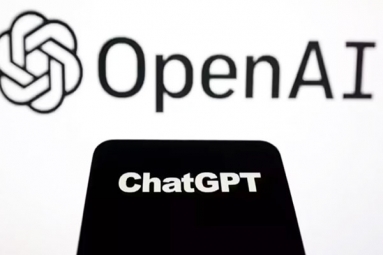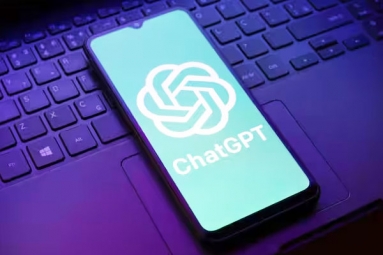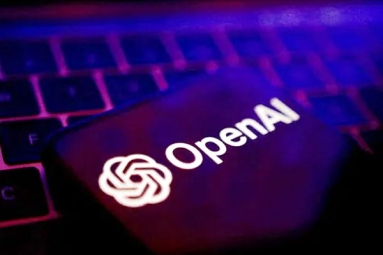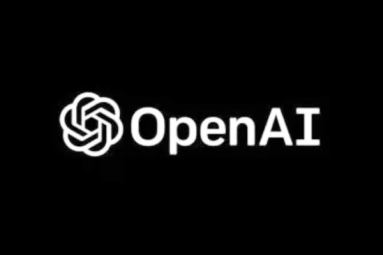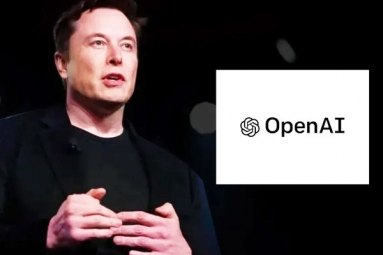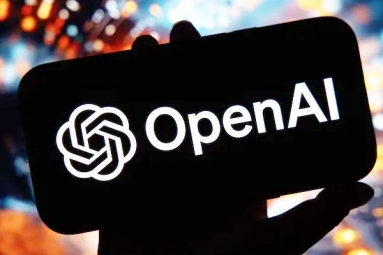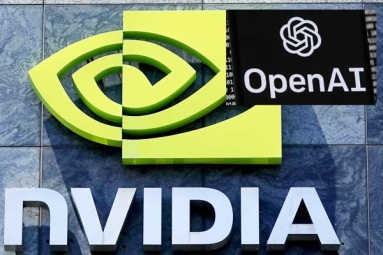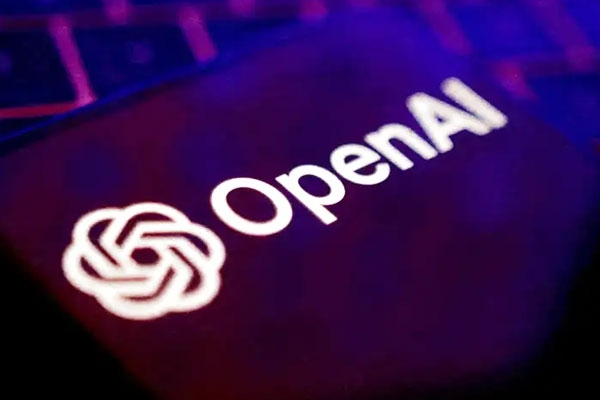
(Image source from: REUTERS)
OpenAI has been quite active recently. This morning, users were greeted with a series of updates from the company specializing in artificial intelligence. To start off, OpenAI introduced the o3 Pro, which is being touted as its most sophisticated reasoning model thus far, available to ChatGPT's Pro and Team users. Alongside this new model comes an impressive 80 percent reduction in the pricing of the standard o3 model, improving access for developers and academics globally. Nevertheless, CEO Sam Altman has indicated that the launch of their open-source model has been delayed until later this summer.
The newly launched o3 Pro model is described by OpenAI as their most capable AI to date. It is offered to Pro and Team users via ChatGPT and OpenAI’s API and supersedes the older o1 Pro model. This model aims to provide more accurate and dependable responses, particularly in intricate fields such as science, programming, mathematics, and education.
OpenAI characterizes o3 Pro as a refined version of their smartest model, o3, optimized to engage in prolonged thought processes and deliver the most dependable answers. In various academic assessments, recent trials have shown that o3 Pro consistently excels beyond both o3 and earlier iterations, particularly in the areas of precision, clarity, adherence to instructions, and overall thoroughness. Although it utilizes the same foundational model as o3, o3 Pro has been fine-tuned for increased reliability. According to OpenAI, reviewers have found it to perform better in critical tasks related to scientific inquiry and data analysis. As they recommend, “it is best for complex questions where consistency is more important than speed, making any wait worthwhile.”
Moreover, o3 Pro is enhanced with a suite of tools that broaden its functionality. These tools allow it to access the internet, analyze documents, comprehend visual inputs, execute Python scripts, and utilize memory for more tailored interactions. However, these additional capabilities tend to result in longer response times compared to o1 Pro. Despite the advancements, certain features are still not available in o3 Pro at this moment. Currently, temporary chats are disabled due to a technical issue, and the mode does not yet support image generation or the Canvas interface. Users interested in generating images are encouraged to use GPT-4o, o3, or o4-mini instead. Customers in the Enterprise and Educational sectors will have access to o3 Pro starting next week.
In conjunction with the introduction of o3 Pro, OpenAI has significantly reduced the expenses associated with utilizing the o3 model by 80 percent, enhancing its accessibility and affordability for developers. The new pricing structure is established at $2 for every million input tokens and $8 for each million output tokens, with extra discounts available for previously used (cached) prompts. This adjustment marks a substantial decrease from the earlier costs of $10 and $40 for input and output tokens, respectively. OpenAI researcher Noam Brown highlighted this adjustment on X, noting that it signifies a major change in affordability for developers. Sam Altman, the CEO of OpenAI, confirmed this price reduction on X, expressing excitement about the potential developments it would spur, while also indicating that users would appreciate the pricing of o3 Pro relative to its performance.
This revised pricing positions OpenAI to compete more aggressively with other companies like Google DeepMind’s Gemini 2.5 Pro, which charges between $1.25 and $2.50 for input tokens, and can go up to $15 for output tokens, based on the size of the prompts. Although Gemini includes integration with Google Search, it incurs additional charges once a certain usage threshold is reached. Anthropic’s Claude Opus 4 remains the most expensive option, with fees set at $15 for a million input tokens and $75 for output. In contrast, DeepSeek’s Reasoner and Chat models dominate the budget-friendly segment, offering rates as low as $0.035 for cached inputs during off-peak times. The launch of o3 Pro and the significant reduction in pricing for the o3 model have been largely applauded, yet OpenAI’s open-source model is experiencing delays. Initially projected for release in June 2025, the launch will now occur at a later date due to an unexpected advancement made by the research team. The precise release date has yet to be revealed. In a post on X, Altman noted, “We are going to take a little more time with our open-weights model, i.e., expect it later this summer but not June.” He mentioned that the delay results from the team achieving something “unexpected and quite amazing,” which requires additional time to refine.
This open-source model is anticipated to compete with high-performing models in open reasoning such as DeepSeek R1, as OpenAI strives to elevate standards for large language models accessible to the public. In addition to these product changes, Altman addressed concerns regarding the environmental impact of using ChatGPT. In a blog entry published on Tuesday, he stated that each query made to ChatGPT utilizes about 0.34 watt-hours, approximately equivalent to the energy consumed by an oven in a second or by an energy-efficient lightbulb over several minutes. Regarding water consumption, Altman disclosed that the average query uses around 0.000085 gallons, or about one fifteenth of a teaspoon. He elaborated that these statistics are part of a broader aim where "the cost of intelligence should eventually align closely with the cost of electricity."



